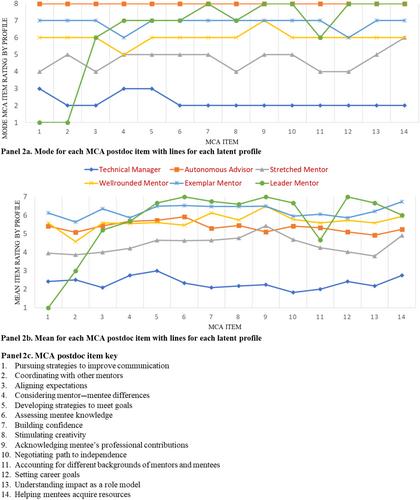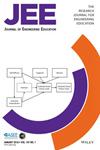(Mis)alignments between postdoctoral and supervisors' perceptions of mentorship competencies in engineering and computer science
Abstract
Background
Postdoctoral training holds an increasingly important place in preparation for leading academic and research positions. While little empirical research has described postdoctoral training beyond the sciences, across all fields, “misaligned expectations” are often touted as a key source of postdoctoral strife.
Purpose/Hypothesis
This article describes mentorship competency beliefs within engineering and computer science fields, which increasingly engage in postdoctoral training.
Design/Method
An embedded mixed-methods design was used to quantitatively identify mentorship profiles from survey data using latent profile analysis (LPA) from a sample of n = 118 postdoctoral scholars and n = 165 postdoctoral supervisors. Qualitative thematic analysis of interviews with n = 29 postdoctoral scholars and n = 20 postdoctoral supervisors was used to identify meaning in the differences between quantitative profiles. The combination of LPA with thematic analysis enabled the triangulation of distinct postdoctoral mentorship profile definitions.
Results
LPA identified six postdoctoral fellow profiles and four supervisor profiles, which became clearly definable through thematic analysis. Postdoc profiles included Technical Manager, Autonomy Focused Advisor, Stretched Mentor, Well-Rounded Mentor, Exemplar Mentor, and Leader-Mentor, while supervisor profiles included Autonomous Mentor, Reflective Mentor, Research Lab Mentor, and Confident Leader-Mentor. Some of these are aligned, but several are not, giving insight into the phenomenon of “misaligned expectations” in postdoctoral literature.
Conclusions
The mentorship profiles illustrate the misalignment in expectations, which leads to negative mentorship experiences for many postdoctoral scholars.


 求助内容:
求助内容: 应助结果提醒方式:
应助结果提醒方式:


